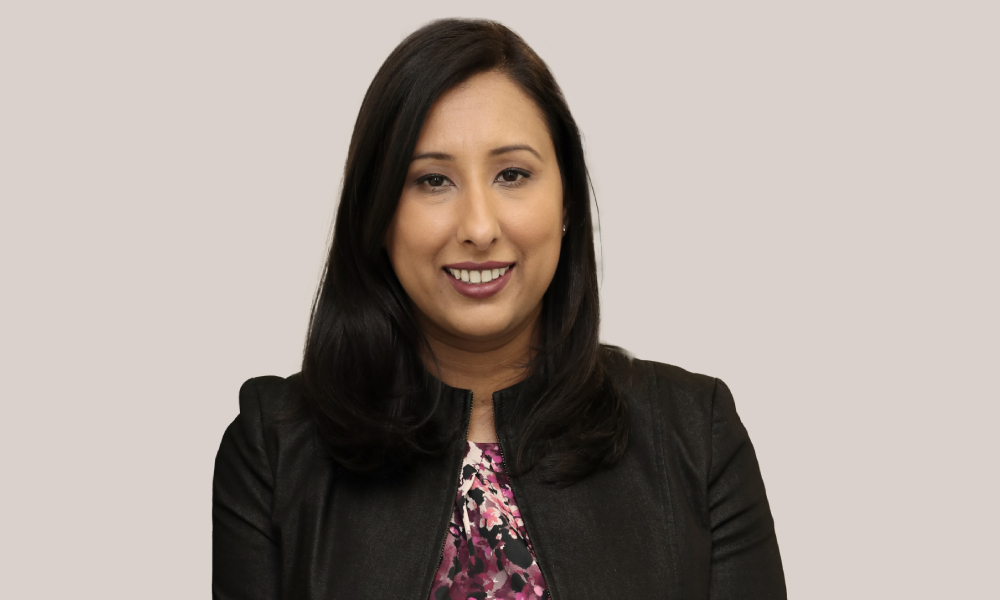
Firm’s new chief equity, diversity, inclusion officer featured at Women in Law conference on Feb. 18

Trying to bring more inclusivity and diversity into a workplace can be a challenge that needs to be tackled on more than one front, but there are areas of “low hanging fruit” that can provide an excellent place to start, says the new chief equity, diversity and Inclusion officer at Fasken.
“You can’t do everything at once,” says Sandeep Tatla, who just started her job at Fasken at the beginning of January. “You have to start where the there are the biggest gaps and areas of opportunity.”
Tatla will be a featured speaker at Canadian Lawyer’s Women in Law conference on Feb 18.
Tatla graduated from the law program at Western University and practised human rights labour and employment law. She then decided to pursue opportunities to help organizations “get ahead of” conflicts surrounding workplace culture, diversity, equity, and inclusion.
Before joining Fasken, Tatla worked on workplace and diversity programs in several different sectors. She was head of diversity at PointClickCare, Global Head of Diversity and Inclusion at Manulife and Chief Diversity Office at the Ontario College of Trades. “While there are broad stroke similarities across industries, there are also different challenges relating to gender and racial equality that likely need to be dealt with in different ways.”
The issues surrounding diversity and inclusion involve not only who is brought in and who is promoted, Tatla says, but also about the existing corporate culture. “Are all voices heard? Are you comfortable to raise your voice? Are different perspectives valued?”
Tatla says she likes to take a “systematic approach” to diversity challenges and relies heavily on metrics and data. “I do a lot of both qualitative and quantitative research into what is actually going on to diagnose what is happening in an organization.”
After going through the data, Tatla says there are often areas that can be identified as a “good place to start, with low hanging fruit” to meet diversity and inclusion challenges. For example, it might be looking at retention of those who are already at the firm, she says. “Are there women leaving an organization in droves after hitting a particular level in their career? If so, maybe you can create solutions that will deal with gender issues.”
With people of colour, Tatla says, is it a matter of doing an excellent job at recruiting them into an organization, but are you meeting their needs, and is the firm creating a culture, so they are leaving not long after they start.
“You’ve put a lot of investment into the recruiting process, you want to make sure you don’t lose that investment.”
In the legal sector, there might be structural or systemic changes that could lead to “inclusion by design — looking at how processes set up and do they allow some to get through and not others, and what changes can be made to remedy that.” Areas to look at in a law firm might be who gets to attend client meetings and events and who gets to work with high-profile clients.
Unconscious bias training with all staff, including management, can be useful in creating an inclusive culture, Tatla says, but it can't be a "one and done." Fostering a culture where people can talk about the issues openly without fearing being branded with one of the “isms” (racism, sexism) is important, She adds, the need to feel that “we’re all in this together on a collective journey towards inclusion and diversity" is key.
“My experience is that people are generally well-intentioned, the want to do the right thing,” Tatla says. “But sometimes the fear of making a mistake and being stigmatized stops them from even trying.”